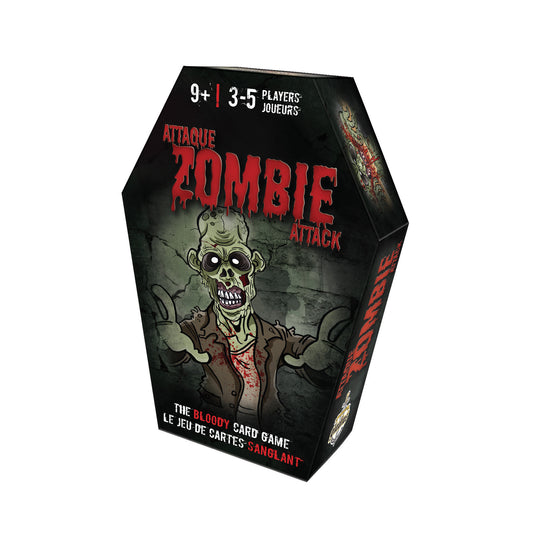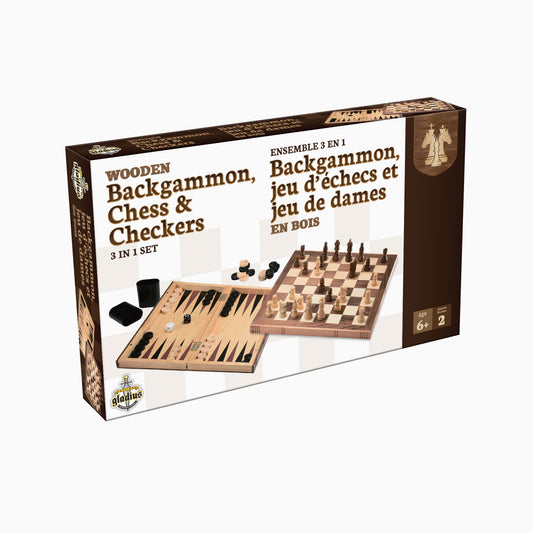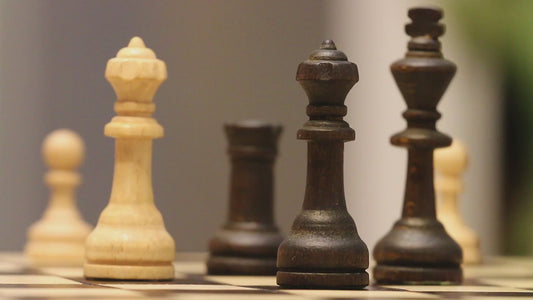
Visual-spatial skills
A little theory
Visuo-spatial ability refers to children's ability to perceive, understand and manipulate visual information in space. This includes pattern recognition, navigation in three-dimensional environments, and problem-solving involving spatial relationships.
How to develop it
Several strategies can be used to develop visual-spatial skills through play. Construction games, such as block play, give children the opportunity to manipulate objects in space and mentally visualize how they fit together to form structures. These activities reinforce their ability to understand spatial relationships and think three-dimensionally.
Similarly, visual puzzles, such as picture puzzles or geometric brainteasers, enable children to work on recognizing shapes and patterns, as well as manipulating pieces to fit them together correctly. These games reinforce their ability to perceive and manipulate visual information in space accurately and efficiently.
Developmental psychologist Dr. Jean Piaget stresses the importance of building games in the development of children's visuo-spatial skills: "Building games offer children the opportunity to develop their understanding of space and geometry. By manipulating objects in space, children learn to perceive and manipulate spatial relationships in a concrete way" (Piaget, J. "The Construction of Reality in the Child", 1954).
By encouraging little ones to engage in a wide range of games that call on their visuo-spatial skills, parents and teachers open the door to a world where math and science become more accessible. These games are more than just a distraction: they're a captivating adventure where every move counts and every challenge is an opportunity to improve. So, what are you waiting for to embark on this fun and stimulating adventure with your children?
Reference
Piaget, J. "The Construction of Reality in the Child", 1954.





